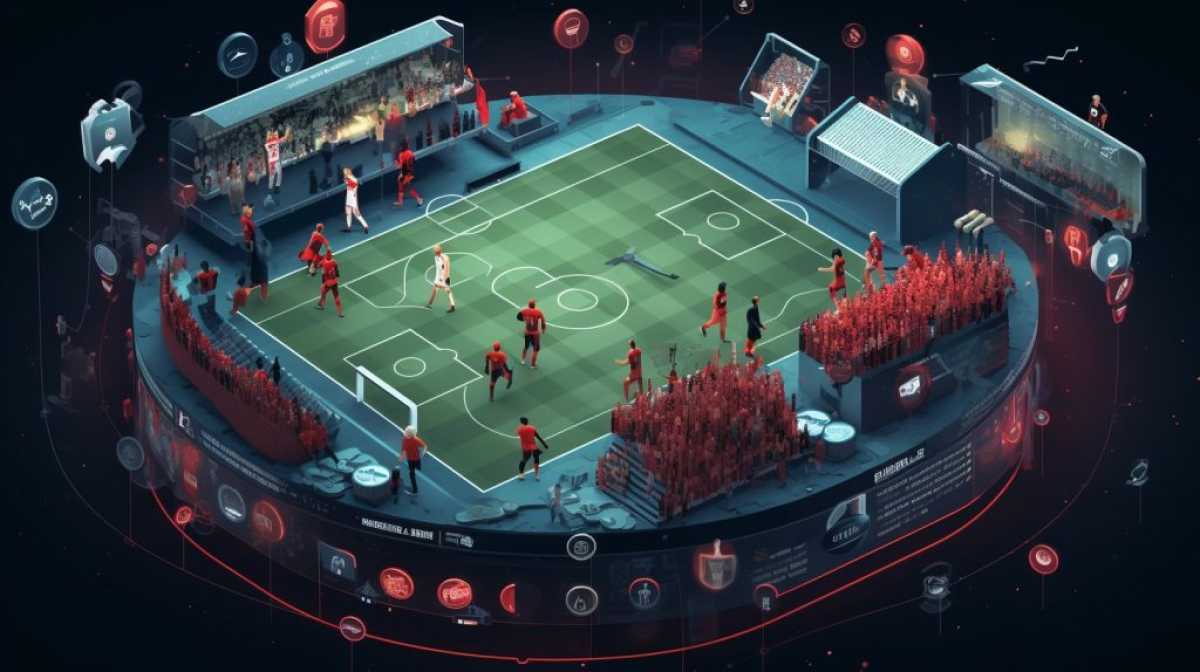Features
The Intersection Of Sports And Technology: Innovations Reshaping The Field

In recent years, the world of sports has been transformed by technological advancements. From athlete performance tracking to immersive fan experiences, technology has completely reshaped the field. This article explores some of the key innovations that have made a significant impact on the intersection of sports and technology.
Athlete Performance Tracking
One of the most notable advancements in sports technology is athlete performance tracking. Wearable devices, such as smartwatches and fitness trackers, have become an integral part of training and competition. These devices can monitor an array of metrics, including heart rate, speed, distance covered, and even sleep patterns.
Coaches and trainers can leverage this data to gain valuable insights into an athlete’s performance, identifying areas for improvement and tailoring training programs accordingly. Athletes can also track their progress over time, setting goals and tracking their development.
Virtual Reality and Augmented Reality
Virtual reality (VR) and augmented reality (AR) technologies have revolutionized fan experiences. VR headsets provide an immersive experience, allowing fans to feel like they’re right in the middle of the action. Numerous sports organizations and broadcasters have adopted VR technology to offer 360-degree views of live events and replays from various perspectives.
AR, on the other hand, overlays digital elements onto the real world. With AR apps, fans can superimpose player statistics, real-time data, and even holograms of athletes onto their surrounding environment. This enhances the viewing experience and provides additional information to fans.
Data Analytics and Machine Learning
Data analytics and machine learning have become essential tools in sports. Coaches and team analysts use sophisticated algorithms to analyze vast amounts of data, helping them make data-driven decisions. These technologies provide insights into player performance, opponent analysis, and game strategies.
Machine learning algorithms can identify patterns and trends that may go unnoticed by humans, helping teams optimize their performance. Additionally, these algorithms can predict outcomes, injuries, and even player fatigue, giving teams a competitive edge.
Smart Stadiums
Smart stadiums are another innovation transforming the sports landscape. These technologically advanced venues offer a range of features aimed at enhancing the fan experience. For example, smart stadiums use IoT sensors to collect data on crowd movement, queue lengths, and facility utilization, allowing organizers to optimize operations and improve crowd safety.
Moreover, smart stadiums provide fans with seamless connectivity, offering high-speed Wi-Fi and mobile apps for real-time updates, ticketing, and personalized experiences. With these advancements, fans can engage with their favorite teams and fellow supporters like never before.
Conclusion
The intersection of sports and technology continues to evolve, pushing the boundaries of what was once thought possible. Athlete performance tracking, virtual reality, data analytics, and smart stadiums are just a few examples of how technology is reshaping the field.
As technology continues to advance, we can expect even more innovative solutions to improve athlete performance, enhance fan experiences, and further integrate technology into every aspect of the sports industry.










